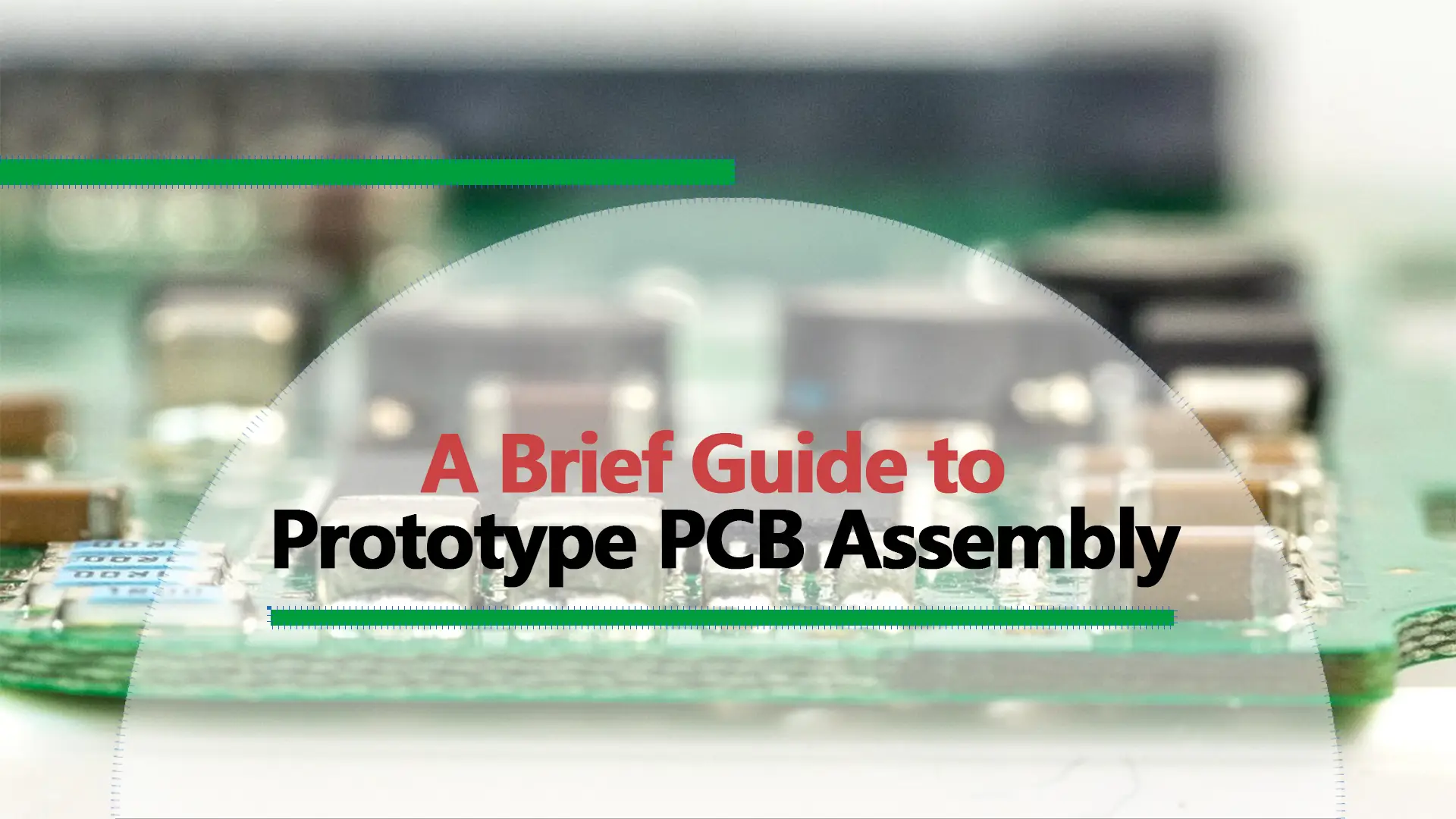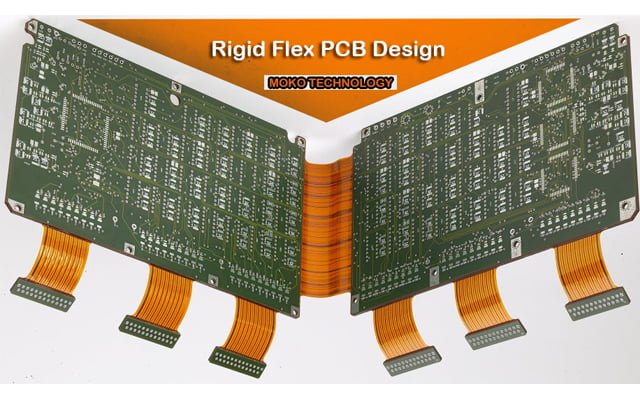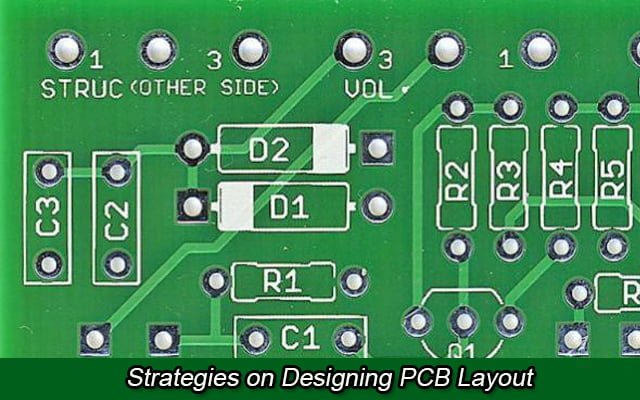- Technology got better: sensitivity increased, antenna design got better so patch antennas (integrated with PCB or integrated with the case) became not just practical but universal.
- The second technology reason is probably an aspect that antennas have become much more complex: multiple bands, MIMO, etc. As a result, it is important they are aligned just so, and placed carefully. Patch antennas fixed at manufacture make that practicable.
- From a consumer perspective, antennas were not necessary most of the time anyway. Famously, there was one model of cellphone (a Motorola I think) that did not have an external antenna in Europe or Asia (where they were considered ugly & old-fashioned) – but did have in the USA because that was what the market required, because they were considered better.
- Of course, it would have been really hard (electrical design, PCB layout, RF testing, EMC compliance) to actually have two designs – so the US market had an ‘antenna; which was a plastic fake; the rest of the world had exactly the same phone but no fake plastic antenna.
Read More: How to Design PCB Antenna Like a Pro?
#PCB Assembly #PCB Design



